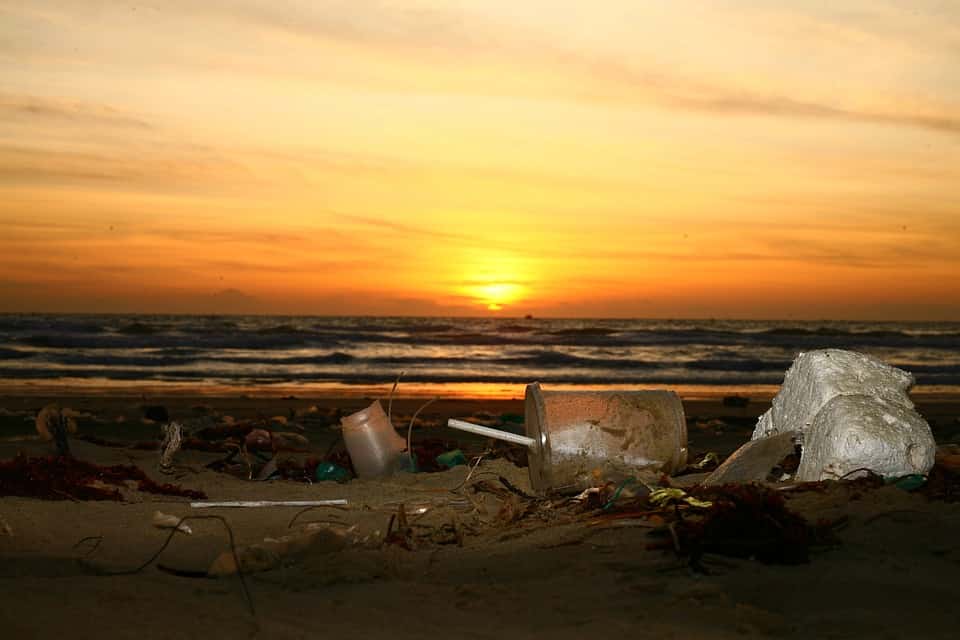
Stories can have a powerful impact on how we see the world and just life in general. In fact, some authors and researchers have argued that storytelling is a core aspect of what makes us human, and it’s essentially for shaping up new generations as well. While facts and numbers can tend to make one’s eyes just glaze over, stories can bring these facts to life and make arguments more compelling and comprehensible. This seems to have been further confirmed in a new study working with school children and marine plastic pollution.
There’s a lot of plastic in everything — from the deepest oceans to the tallest mountain. The oceans are riddled with it. We know a lot about it, but we don’t seem to care about it enough to take decisive action. So what if there was a way, through storytelling, to get children to care more about it?
Fighting plastic with storytelling
The research, conducted by the Universities of York, Plymouth, and the Universidad Católica del Norte in Coquimbo (Chile), published in the Marine Pollution Bulletin, analyzed how students in Latin American countries bordering the Pacific viewed marine plastic litter and how story-writing affected their views and actions.
In total, 89 students aged 10–18 took part in the “Cientificos de la Basura” (Litter Scientists) school citizen science program, in which teachers and their classes look into the issue of marine litter along the coasts of Latin America.
For this study, the students were given a choice of items and asked to make up a story to reflect on plastic pollution. More than half of the stories showed they were aware of the harmful effects plastics pose to marine life. Examples included when animals eat plastic, get caught in it, or get sick from plastic’s chemical components.
These are things we all know at some level, but tackling them through storytelling makes us think about them in a different way.
“Stories offer a new and different way to explore what people believe and how they perceive and make sense of their environment, including in this study, marine plastic litter,” said lead author, Estelle Praet from the University of York’s Department of Archaeology. “The results were truly inspiring and showed the children’s awareness of plastic’s impact on marine life and the environment.”
Injuries, deaths, environmental damage, and a general decline in beach appeal were all mentioned in the children’s stories. Diamela de Veer, a coauthor from the Cientficos de la Basura program at Chile’s Universidad Católica del Norte, drew attention to parallels between this and another recent study where children drew pictures of beach scenes.
“In a previous activity, the schoolchildren had visited the beaches and made drawings of their beaches before and after the visit – many of these drawings also contained litter items, including some of them showed interactions between litter and marine life, underscoring that they notice the environmental problem caused by litter.”
By imagining the journey these plastics had taken, the students were able to consider ways to prevent litter from entering the East Pacific Coast environment. In a world where plastics are damaging the oceans, future actions such as the ones in this study can become a large part of saving it.
According to the International Union for Conservation of Nature, at least 14 million tons of plastic enter the ocean each year, and 80 percent of all marine debris, from surface waters to deep-sea sediments, consists of plastic.
“By viewing these plastic items as artifacts, each with its own story, we can bring this back to the human behaviors that related to the objects’ use and their disposal,” said John Schofield, from the York Department of Archaeology. “This project has helped show how we can get that message across to children and hopefully then make a difference.”









